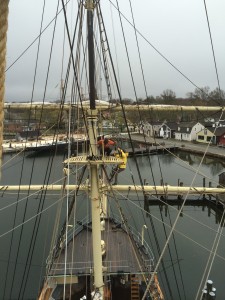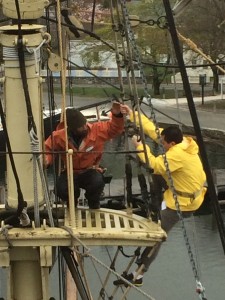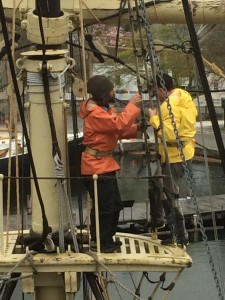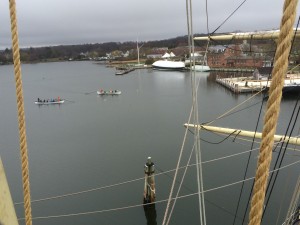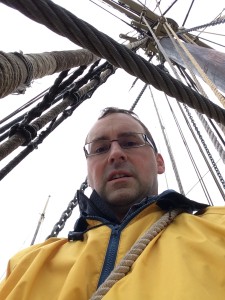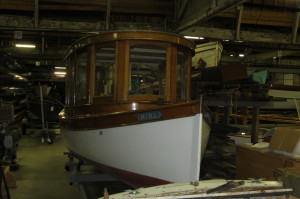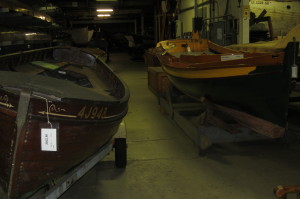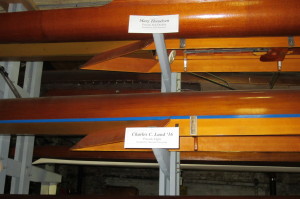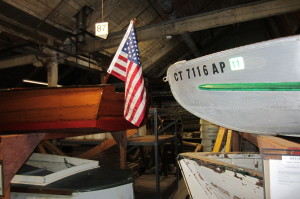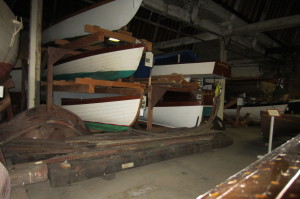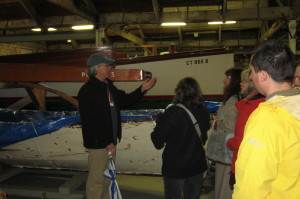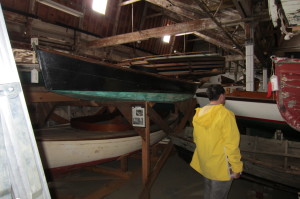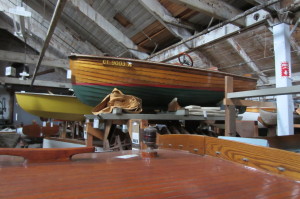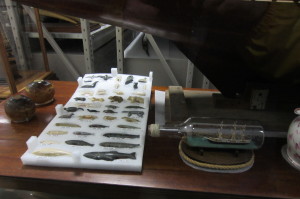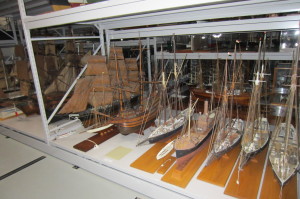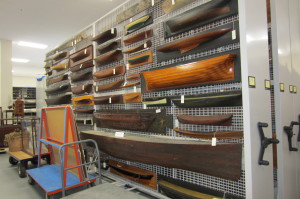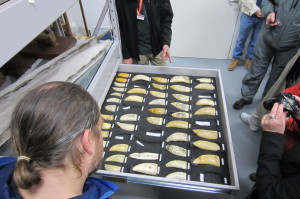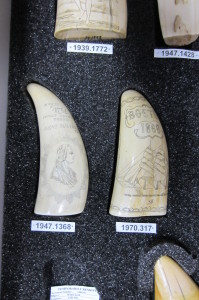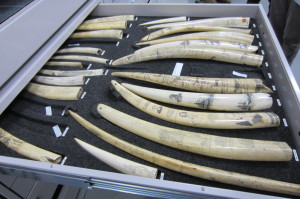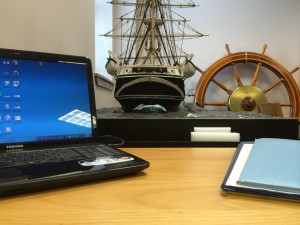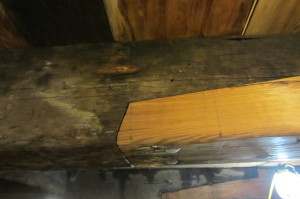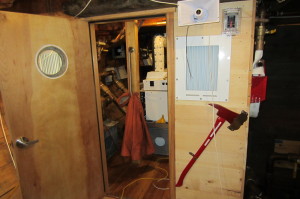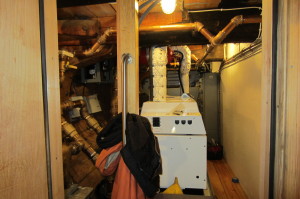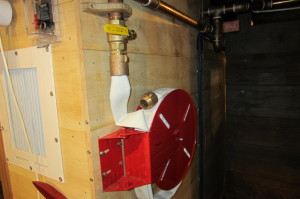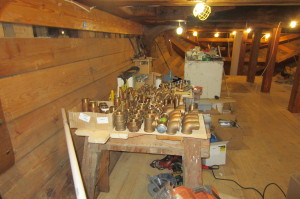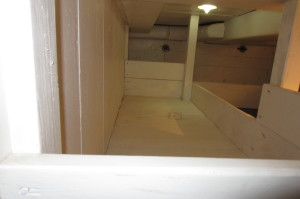I’ve been writing a lot about the 38th Voyage, but in fact I’ve also been working on new content for the database. Here’s a list of content added since the last time I posted such a list:
New content:
- Motor Boating (1909-1930). New York: Hearst Corp., 1909-.
- Piet’s Scheeps Index.
- Puget Sound Maritime Historical Society Images (King County Snapshots series). Seattle: University of Washington Libraries, 2003.
- Bruijn, J.R. , ed, F.S. Gaastra and I. Schöffer. Dutch Asiatic Shipping in the 17th and 18th Centuries.
- Harrison, Simon. Three Decks: Warships in the Age of Sail. : Simon Harrison, 2010-2012.
- Hearn, Chester G. Ellet’s Brigade: The Strangest Outfit of All. Baton Rouge: Louisiana State University Press, 2000.
- Le Pichon, Alain. China Trade and Empire: Jardine, Matheson & Co. and the Origins of British Rule in Hong Kong, 1827-1843. Oxford, England: British Academy, by Oxford University Press, 2006.
- MacFarlane, John. The Nauticapedia: Celebrating the Stories of the Nautical Heritage of British Columbia, Western and Northern Canada, and Canada’s Naval Forces.
- Snow, Ralph Linwood. Bath Iron Works: The First Hundred Years. Bath, Maine: Maine Maritime Museum, 1987.
- Transport Canada. Vessel Registration Query System. Ottawa: Transport Canada.
Updated content:
- Mariner’s Mirror (1911-2004; Vols. 1-90) . London: Society for Nautical Research. (For more information on this addition, see my blog post on this one.)
- WorldCat. Dublin, Ohio: OCLC. (Read more about this import — and increase of content by 20% — at this blog post.)
- Eltis, David, Martin Halbert, et al. Voyages: The Trans-Atlantic Slave Trade Database. Atlanta, Ga.: Emory University.
- US Coast Guard Vessel Documentation Center. Merchant Vessels of the United States, via NOAA Office of Science & Technology. : Office of Science & Technology, National Marine Fisheries Service, 2014-. (This is an updated version of an older database, created by the US Coast Guard. The USCG still offers the database, but without ship-specific URLs, so when I discovered this version of the database at NOAA, with ship-specific URLs, I updated the database, and changed the links.)
So, we’re still plugging away at getting new content into the database, even while preparing for the sail. The free database grew by over 20,000 citations. And right now, the subscription database is at 3.36 Million citations.

